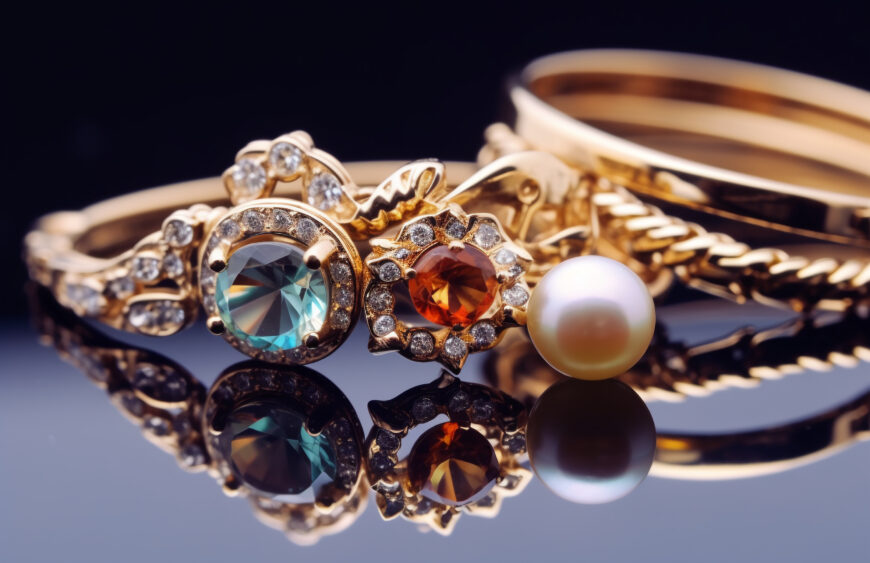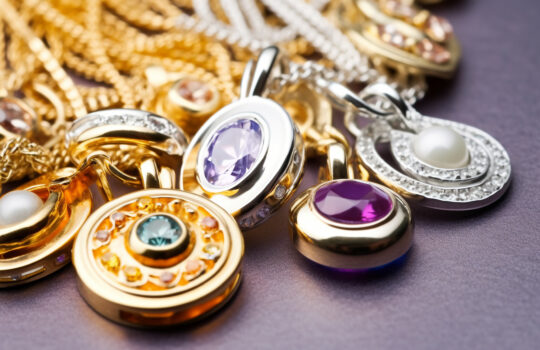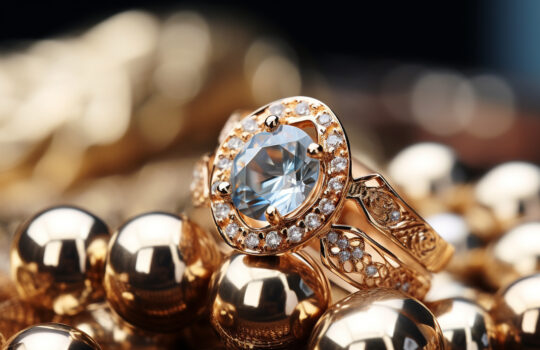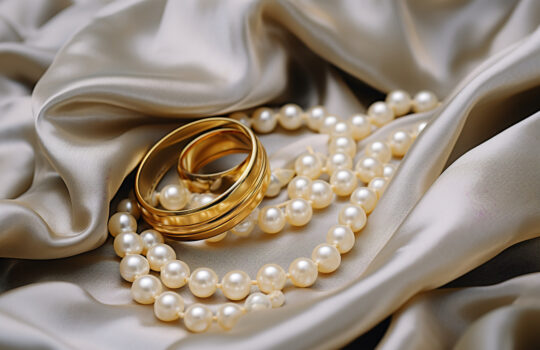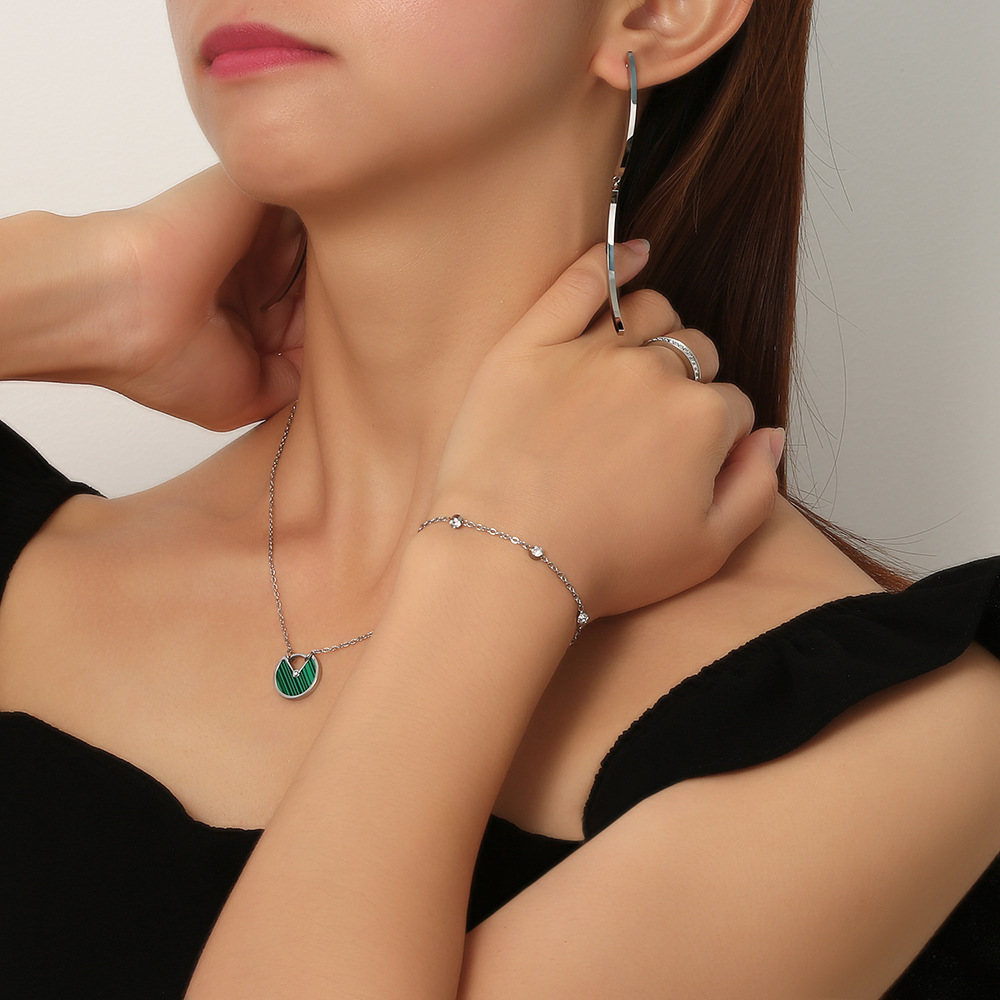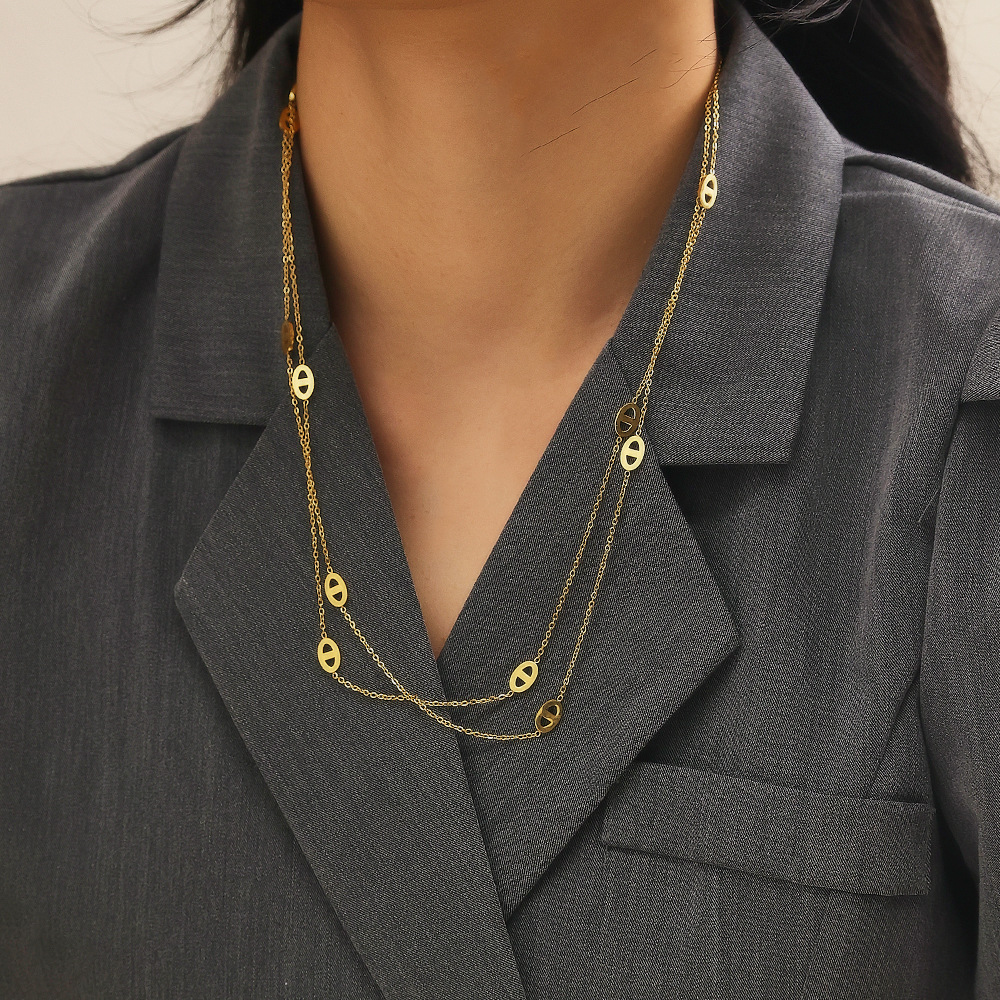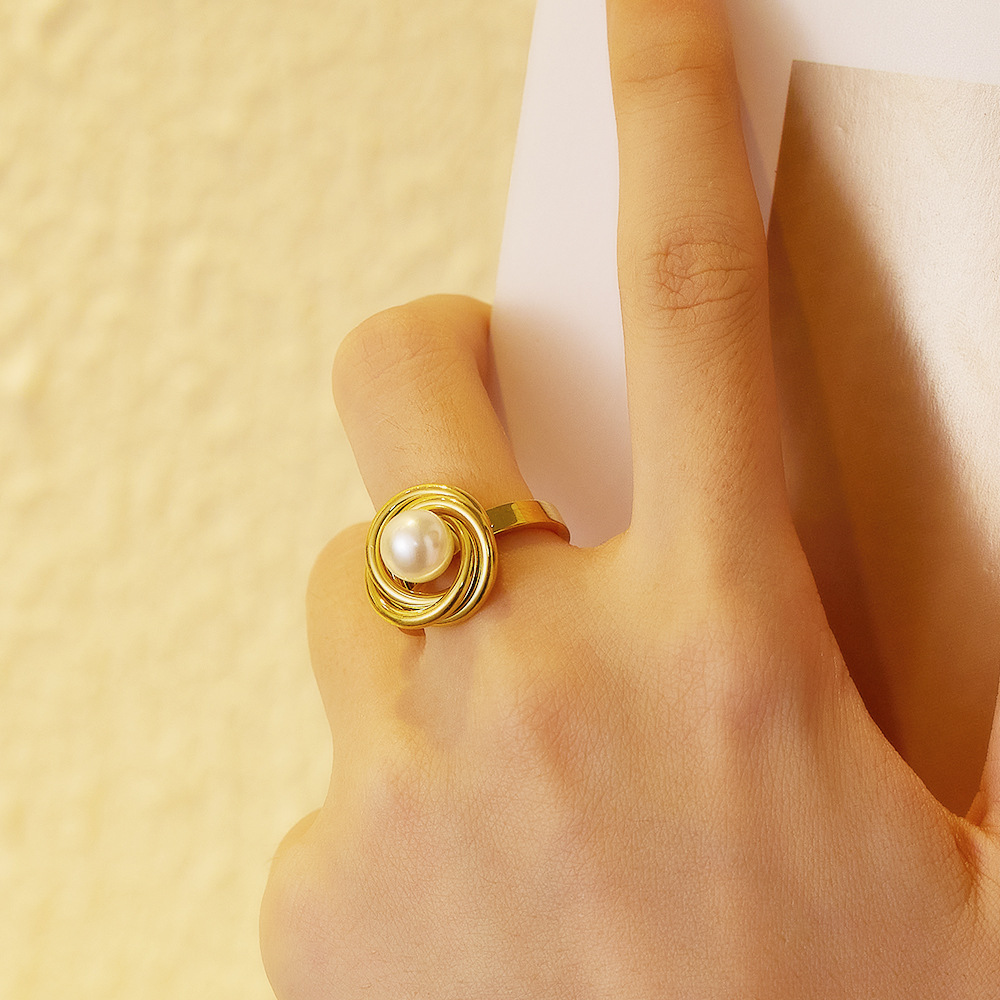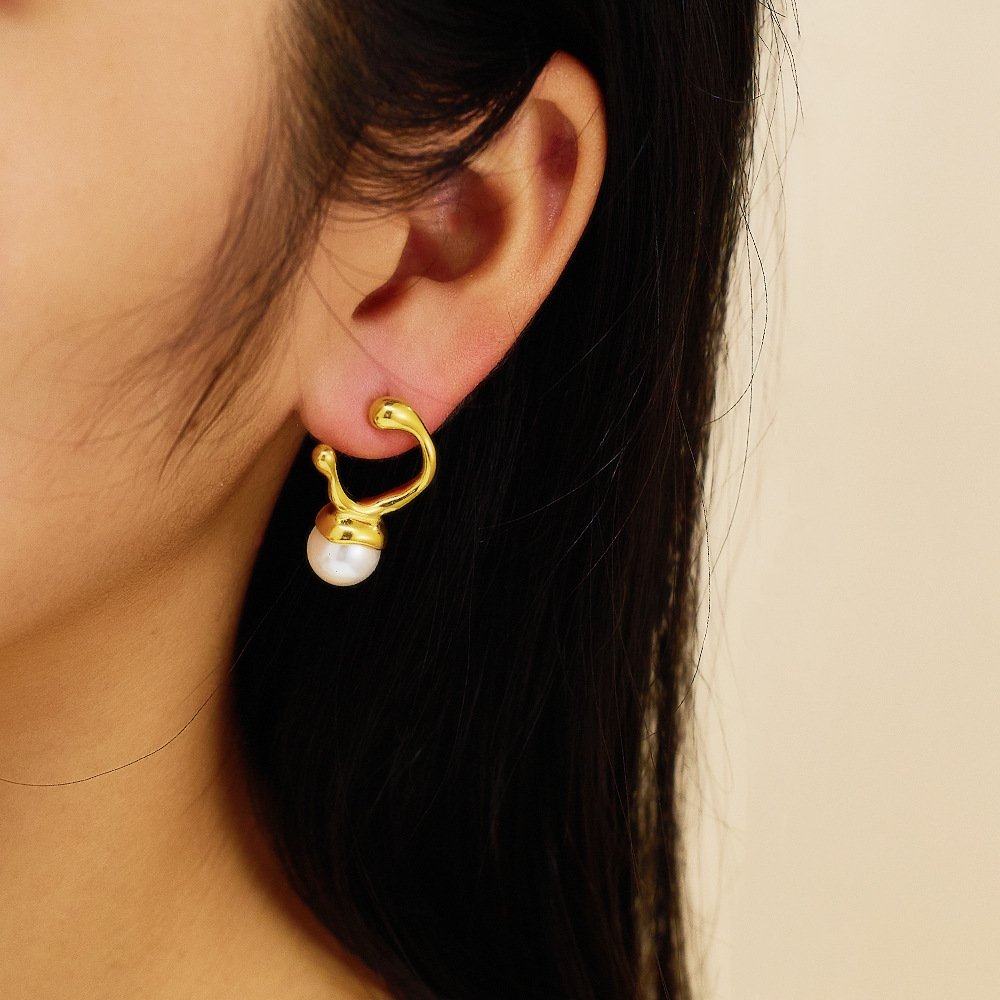Jewelry is not just an adornment but also carries a rich history and cultural significance through its materials and craftsmanship. Understanding the different materials used in jewelry can help you make informed choices and appreciate their unique allure. This article will provide a comprehensive overview of several common jewelry materials, including their characteristics, advantages, disadvantages, and suitable occasions for use.
1. Gold
Gold is one of the oldest and most popular jewelry materials. Its natural luster and resistance to tarnish have made it a staple in jewelry making for centuries.
- Characteristics: Gold has a warm, rich color and is highly malleable and ductile. Gold jewelry generally has good durability and does not tarnish easily.
- Advantages: It does not rust or corrode, making it suitable for daily wear. Gold’s value is stable and is often seen as an investment.
- Disadvantages: Pure gold is relatively soft and can be scratched easily, so it is often alloyed with other metals to increase hardness. It can be quite expensive.
- Suitable Occasions: Everyday wear, formal events, commemorative pieces.
2. Silver
Silver is a popular jewelry material due to its unique luster and relatively lower cost. It is commonly used to create modern, minimalist designs.
- Characteristics: Silver has a cool, bright sheen, typically appearing silver-white. It has good malleability and can be crafted into intricate designs.
- Advantages: It is relatively affordable, fitting most budgets. Silver jewelry is versatile and works well with a variety of fashion styles.
- Disadvantages: Silver tarnishes over time and requires regular cleaning to maintain its shine.
- Suitable Occasions: Everyday wear, casual occasions, fashion accessories.
3. Platinum
Platinum is a high-end precious metal known for its exceptional durability and unique sheen. It is often used in high-quality jewelry, such as engagement rings and luxury pieces.
- Characteristics: Platinum has a natural white color and is more durable than gold and silver. It is hypoallergenic and does not tarnish easily.
- Advantages: Extremely durable, making it ideal for long-term wear. Its rarity often makes it a premium choice in high-end jewelry.
- Disadvantages: It is expensive, which may exceed some budgets. Its high density makes platinum jewelry heavier.
- Suitable Occasions: Weddings, formal events, luxury jewelry.
4. Rose Gold
Rose gold is cherished for its unique pinkish hue. This metal achieves its distinctive color by adding a small amount of copper to gold.
- Characteristics: Rose gold has a soft, romantic pink tone. It combines the durability of gold with a warm and unique color.
- Advantages: Its distinct color adds a romantic and fashionable touch to jewelry. It is durable and does not easily fade.
- Disadvantages: Like gold, rose gold is relatively soft and may require periodic maintenance. It is generally more expensive than silver.
- Suitable Occasions: Everyday wear, romantic settings, fashion accessories.
5. Diamonds
Diamonds, known as the “king of gems,” are widely used in high-end jewelry due to their extreme hardness and unique optical properties. They are often set in rings, necklaces, and earrings.
- Characteristics: Diamonds have exceptional hardness (10 on the Mohs scale) and exhibit remarkable brilliance and fire. Their value is determined by the 4Cs: color, cut, clarity, and carat weight.
- Advantages: Extremely hard and durable, almost impervious to damage. Their optical properties make them highly attractive, suitable for significant occasions.
- Disadvantages: High cost, necessitating careful selection based on the 4Cs. The market also has synthetic and imitation diamonds, which requires cautious purchasing.
- Suitable Occasions: Weddings, anniversaries, significant celebrations.
6. Colored Gemstones
Colored gemstones, such as rubies, sapphires, and emeralds, are prized for their rich hues and unique brilliance. Each type of colored gemstone has its distinct physical properties and value.
- Characteristics: Colored gemstones come in a variety of colors and intensities, offering diverse design possibilities. Each gemstone has unique attributes.
- Advantages: The wide range of colors allows for various design options. Some gemstones, like rubies and sapphires, have high collectible value.
- Disadvantages: Certain gemstones may require special care to maintain their color and luster. Prices vary depending on the type and quality of the gemstone.
- Suitable Occasions: Everyday wear, special occasions, personalized jewelry designs.
7. Synthetic Gemstones
Synthetic gemstones are laboratory-created stones that often have similar appearances and properties to natural gemstones but are generally more affordable.
- Characteristics: Synthetic gemstones replicate the color and brilliance of natural stones but usually come at a lower price. They can be manufactured to high standards.
- Advantages: More cost-effective and readily available. The manufacturing process allows for controlled color and quality.
- Disadvantages: Some may prefer the uniqueness and rarity of natural gemstones. Synthetic gemstones may have lower long-term value and market acceptance.
- Suitable Occasions: Budget-conscious purchases, fashion jewelry.
Conclusion
Understanding the various materials used in jewelry helps you make informed decisions and ensures that the jewelry you choose aligns with your needs and preferences. Whether it’s the timeless allure of gold, the modern appeal of silver, or the luxurious charm of diamonds, each material has its unique characteristics and value. With this knowledge, you can confidently select jewelry that enhances your style and celebrates your individuality.

